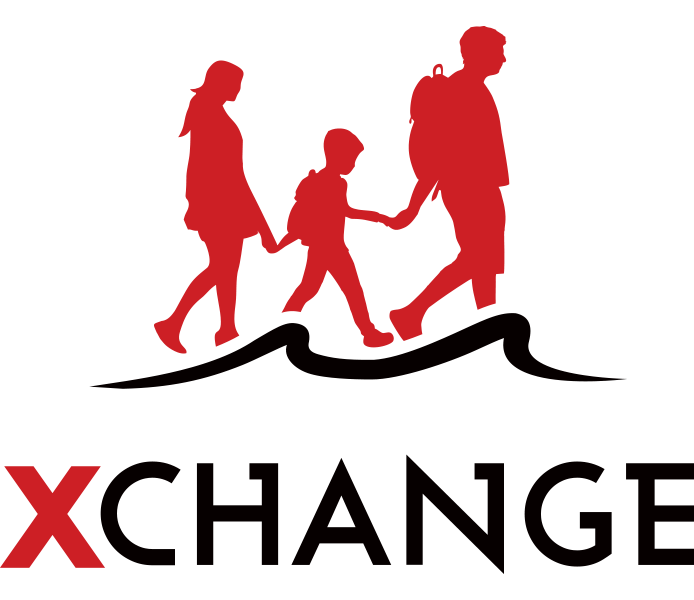Climate change is no longer a distant threat! It is a present reality, dramatically reshaping lives and landscapes worldwide. Among its most profound consequences is the growing phenomenon of forced migration, as environmental degradation and extreme weather events push millions from their homes. This blog explores the intricate links between climate change, environmental degradation, and forced migration, highlighting the urgent need for sustainable humanitarian action and increased awareness.
The Scale of Climate-Induced Displacement
Recent data underscores the accelerating pace of climate-driven displacement. In 2024, over 83 million people were internally displaced worldwide which translates to double the number from a decade earlier. Scientific studies project that by 2050, up to 200 million people could be displaced by the climate crisis, making it one of the most significant drivers of human mobility in the 21st century.
While countries in the Global South bear the brunt of these impacts, climate-induced displacement is increasingly affecting populations in the Global North, including Europe and the United States. In the U.S. alone, more than 5 million residents are expected to relocate in 2025 due to climate-related threats such as flooding, extreme heat, drought, and wildfires. Over the next 30 years, nearly 15 percent of the U.S. population may move to escape these risks, signaling a profound transformation in demographic and economic landscapes.
Environmental Degradation as a Crisis Multiplier
Environmental degradation is the deterioration of the environment through depletion of resources such as air, water and soil; the destruction of ecosystems and the extinction of wildlife. Environmental degradation serves as a crisis multiplier. While not every environmental event leads directly to migration, the cumulative effect of repeated shocks erodes livelihoods, especially for communities dependent on natural resources. Households reliant on agriculture, fishing, or pastoralism are particularly vulnerable, as changing weather patterns and resource scarcity undermine their ability to sustain themselves.
The rapid urbanization trend compounds these challenges. More than half of the global population (4.4 billion people) now lives in cities, with nearly 70 percent projected to do so by 2050. Most of this urban expansion is occurring in low- and middle-income countries, where infrastructure and social services are often ill-equipped to absorb large influxes of climate migrants. This creates new pressures on already strained urban environments, increasing the risk of poverty, social tension, and inadequate access to basic services.
The Complex Interlinkages: Climate Change, Migration, and Policy
The relationship between climate change, environmental degradation, and migration is multifaceted. Climate changeacts as both a direct and indirect driver of migration, often intersecting with economic, social, and political factors. For example, environmental stress can exacerbate existing vulnerabilities, fueling conflict over scarce resources and prompting people to move either within their countries or across borders.
Migration in this context presents both challenges and opportunities. On one hand, it can strain host communities and infrastructure; on the other, migration can serve as an adaptation strategy, enabling families to diversify livelihoods and build resilience. Remittances sent by migrants play a crucial role in supporting communities back home, helping to reduce poverty, improve food security, and invest in education and healthcare.
Policy responses must therefore be nuanced and comprehensive. The European Commission and other international bodies emphasize the need for increased knowledge, dialogue with affected countries, and strengthened coordination among humanitarian, development, and environmental actors. Different types of environmentally induced migration require tailored approaches, from emergency humanitarian aid to long-term adaptation and integration strategies.
Sustainable Humanitarian Action: A Call to Awareness and Adaptation
As the international community grapples with the scale of climate-induced displacement, the importance of sustainable humanitarian action has never been clearer. Humanitarian organizations, including MOAS, have a critical role to play in:
- Protection: Ensuring the safety and dignity of displaced persons, particularly those in vulnerable situations such as children, women, and marginalized groups
- Partnerships: Collaborating with local authorities, international agencies, and affected populations to design inclusive adaptation and resilience programs
- Adaptation and Resilience: Investing in climate adaptation projects such as sustainable agriculture, water management, and renewable energy to reduce the root causes of displacement and support both migrants and host communities
- Policy Advocacy: Promoting policies that recognize migration as a legitimate adaptation strategy, while advocating for the rights and needs of those displaced by climate change
Migrants themselves can be powerful agents of change. In countries like Haiti, Honduras, and Nepal, remittances from migrants constitute over 20 percent of GDP, supporting resilience and reducing pressure on local resources. Migrants also contribute to climate adaptation efforts, investing in community projects and sustainable development initiatives in both their countries of origin and destination.
Conclusion: Building a Sustainable Future Together
The intersection of climate change, environmental degradation, and forced migration represents one of the defining challenges of our era. It demands a holistic, evidence-based response that bridges humanitarian aid, development, and climate adaptation. By raising awareness, fostering partnerships, and prioritizing sustainable action, organizations like MOAS can help build a future where communities are resilient, migration is safe and dignified, and the most vulnerable are not left behind.



